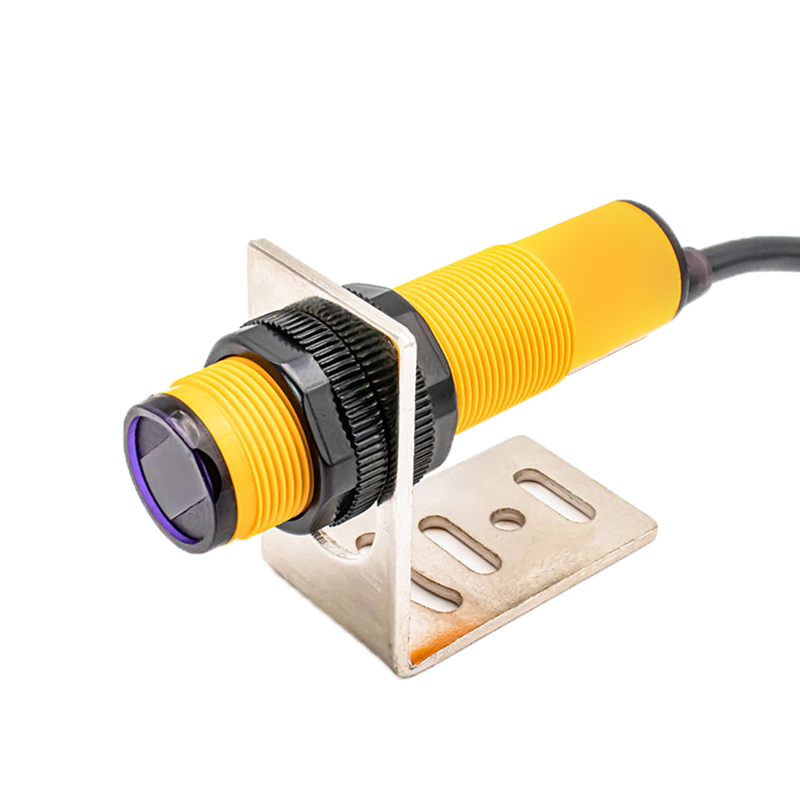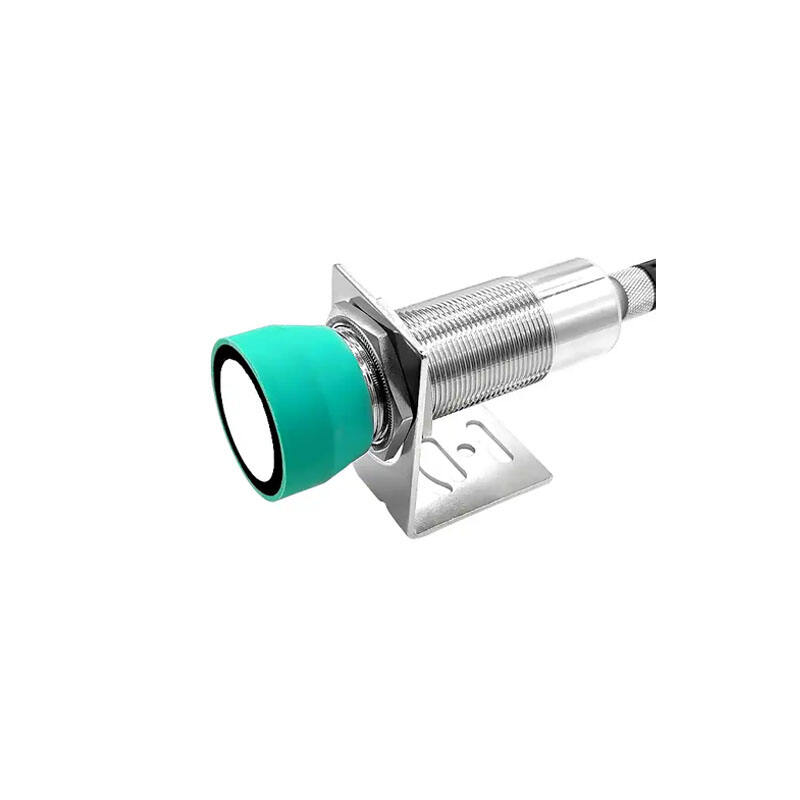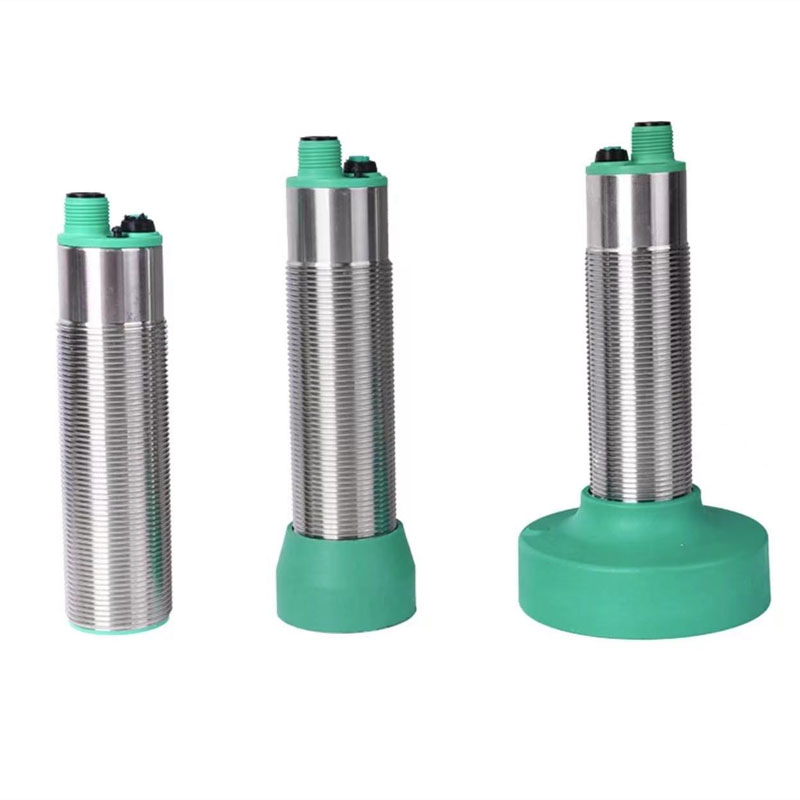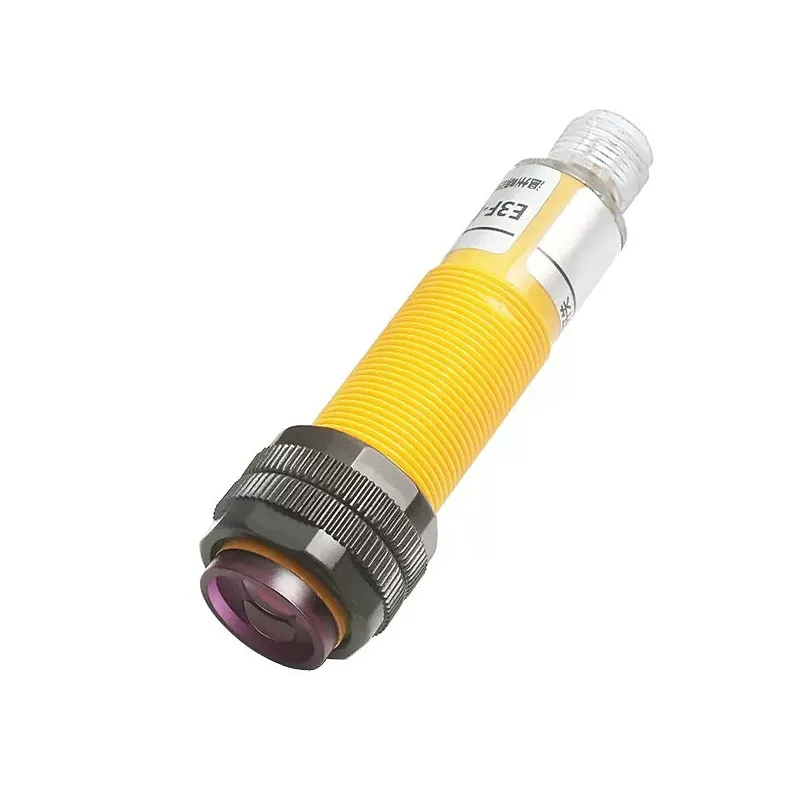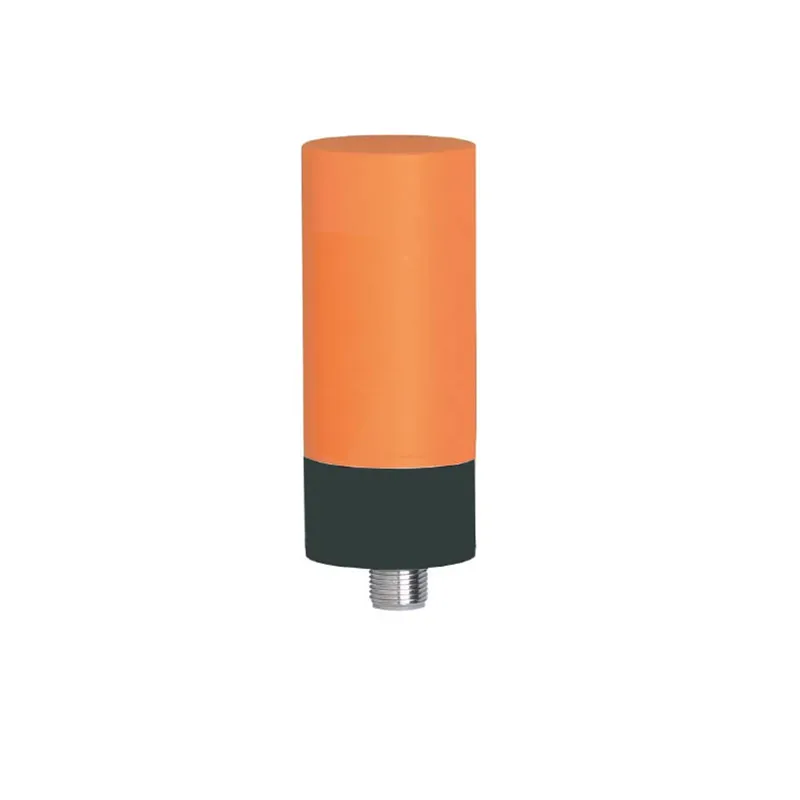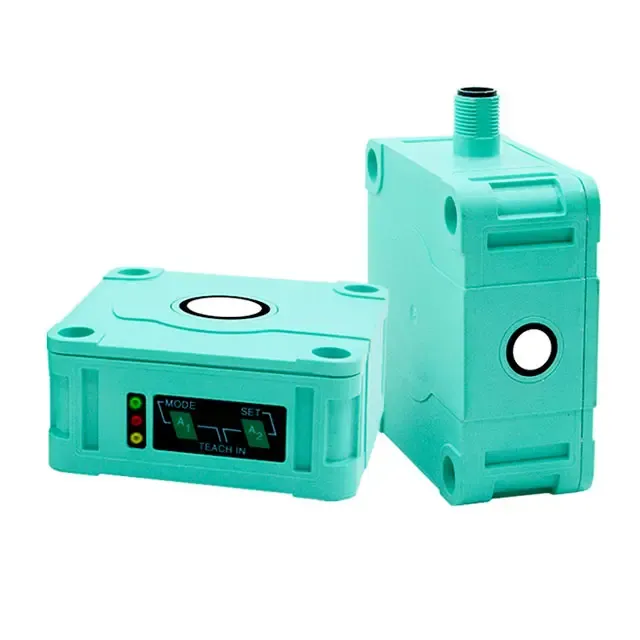photoelectric detector
A photoelectric detector is a sophisticated sensing device that converts light energy into electrical signals, serving as a cornerstone technology in modern automation and security systems. Operating on the photoelectric effect principle, these detectors utilize advanced photosensitive elements to detect changes in light patterns, enabling precise object detection and measurement. The device consists of an emitter that projects a focused beam of light and a receiver that captures and processes the reflected or interrupted light signals. This technology enables the detector to perform various functions, from simple presence detection to complex distance measurement and pattern recognition. The detector's versatility allows it to operate effectively in diverse environmental conditions, making it invaluable in industrial automation, security systems, and quality control applications. Modern photoelectric detectors incorporate digital signal processing capabilities, allowing for enhanced accuracy and reliability in detection tasks. They can be configured for different detection modes, including through-beam, retro-reflective, and diffuse sensing, each suited to specific application requirements. The technology's rapid response time, coupled with its non-contact detection capability, makes it particularly useful in high-speed production environments where precise timing and minimal interference are crucial.

